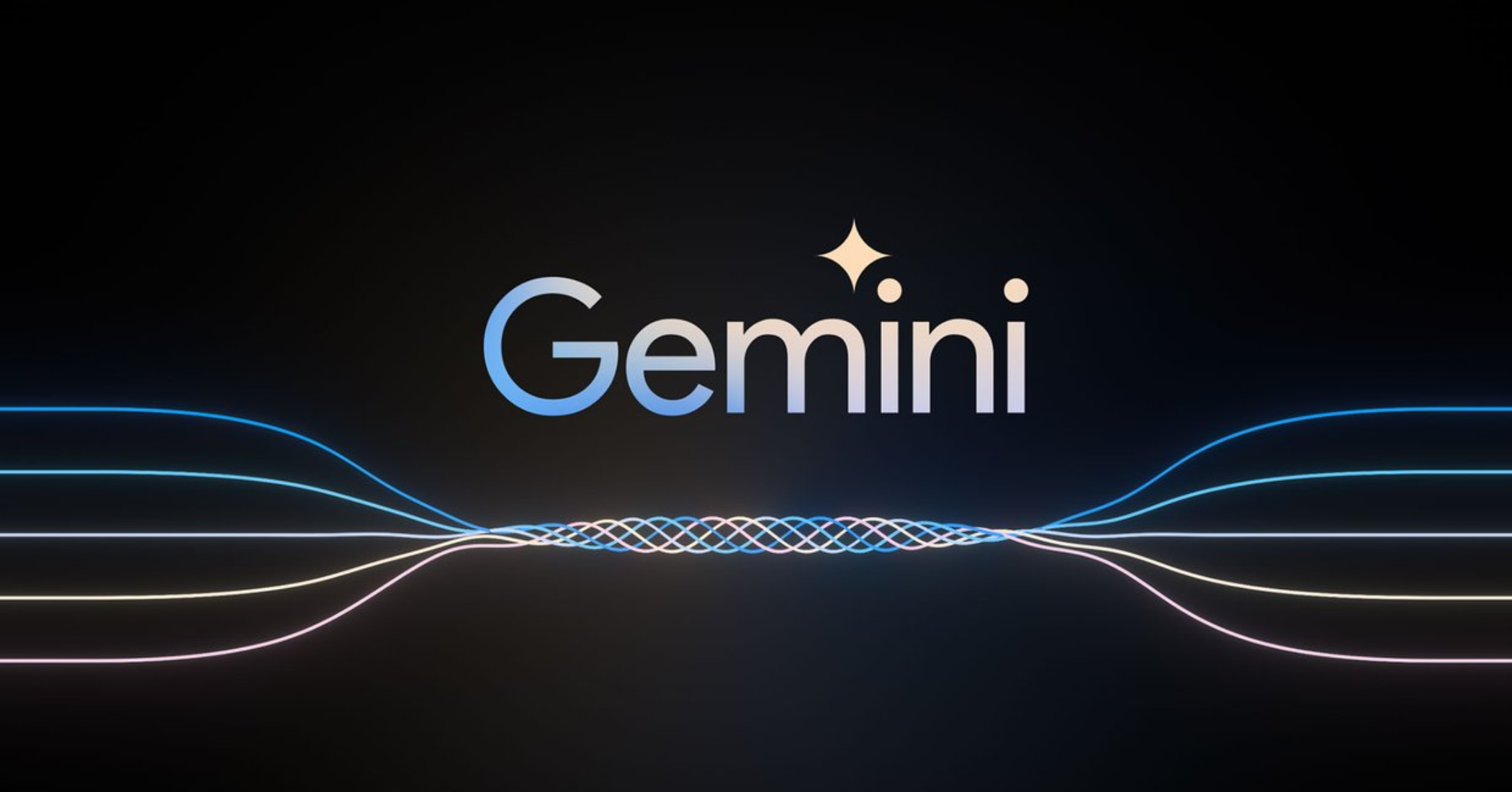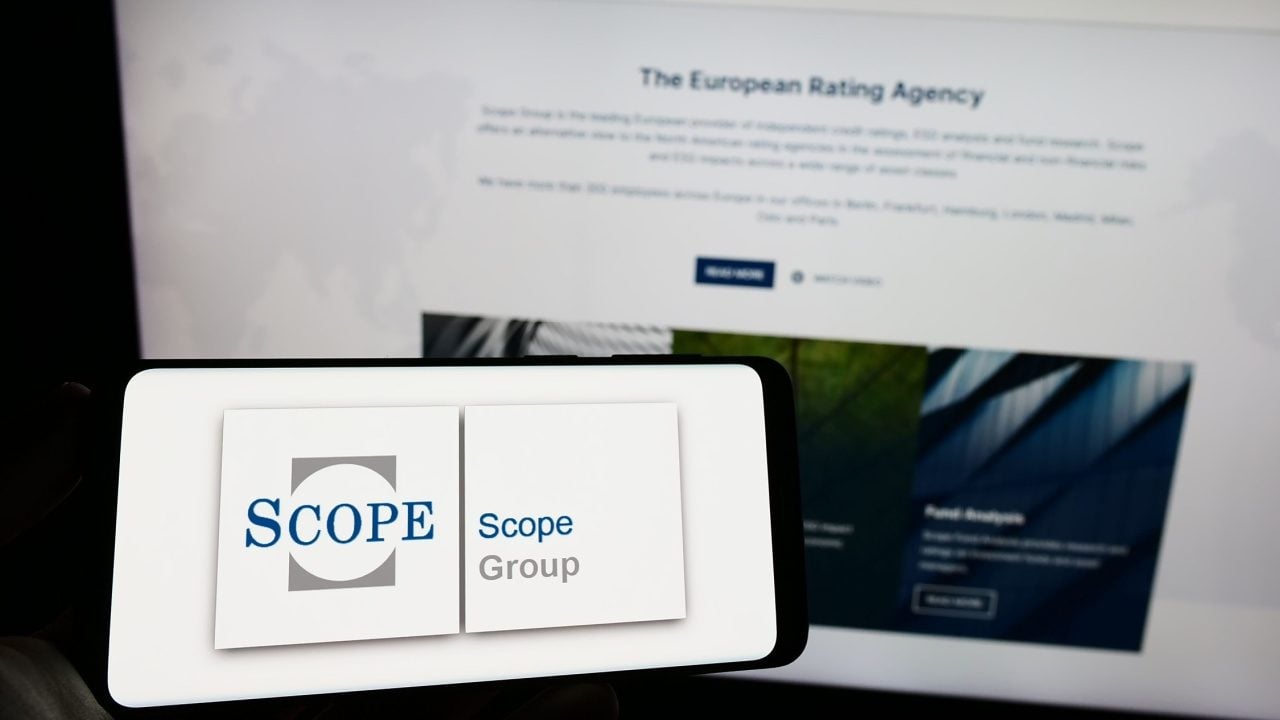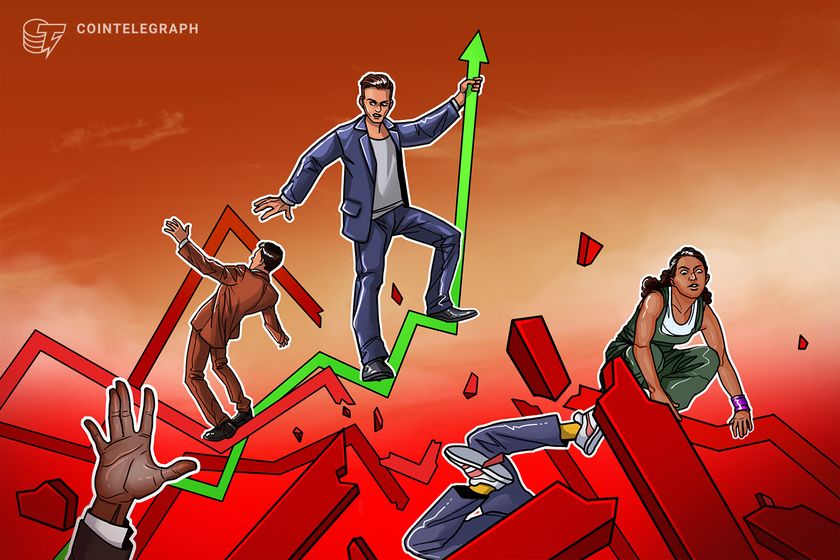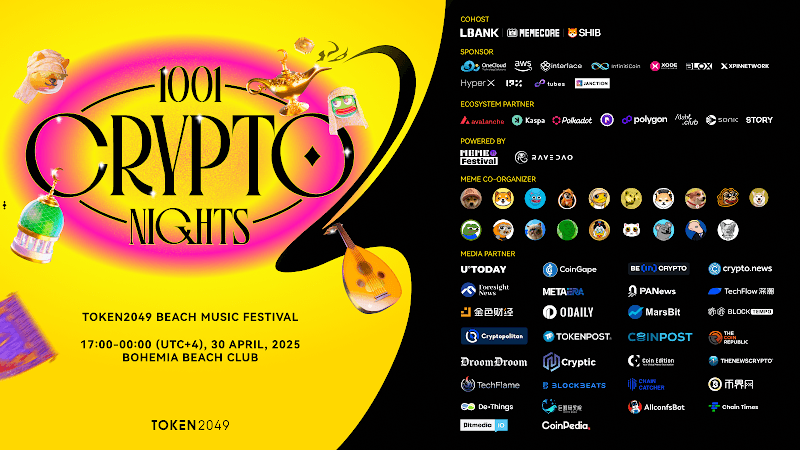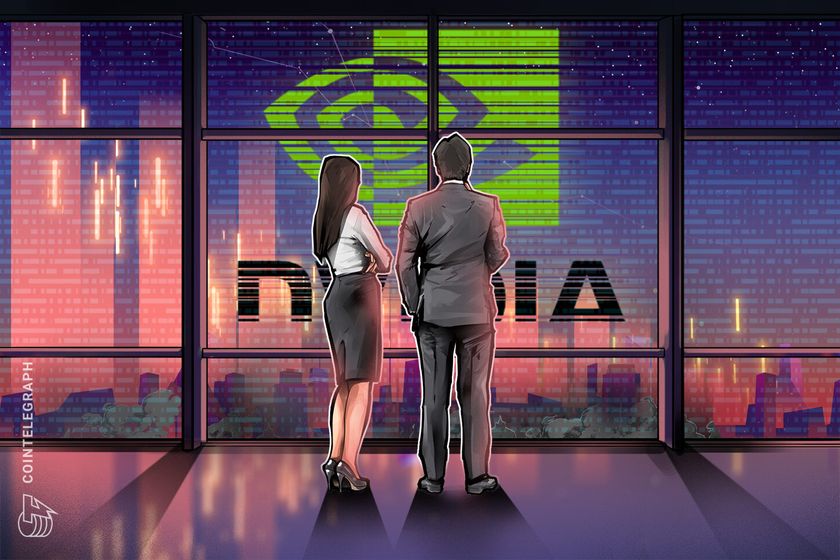Top 10 Things You Must Know About DRM Protection in 2025
1. What is DRM Protection? DRM protection, or Digital Rights Management protection, is a security method used to control how digital content is used, shared, and accessed. It helps creators and companies protect their content like videos, music, eBooks, and software from illegal use. With DRM protection, the content owner can decide who can access the content, for how long, and in what way. For example, a movie platform can use DRM protection to stop users from downloading or sharing movies illegally. DRM protection is important in today’s digital world because content piracy is very common. Without DRM protection, creators lose money and control over their content. That’s why many companies use it to keep their digital assets safe. DRM protection is especially useful for streaming platforms, e-learning services, publishers, and app developers. 2. Why is DRM Protection Important Today? DRM protection has become more important than ever in 2025 because of the rapid growth of online content. People watch videos, listen to music, read books, and use software online every day. But this also increases the risk of piracy and unauthorized sharing. DRM protection helps in stopping this. It gives control back to the content owner. Without DRM protection, it is easy for users to copy and share content illegally. This can cause big losses for companies. DRM protection also helps to maintain copyright and licensing rules. For example, a video platform may want to let users stream videos but not download them. DRM protection makes this possible. It also builds trust between content creators and their audience because users know the content is original and safe. That’s why using DRM protection is a smart choice today. 3. How Does DRM Protection Work? DRM protection works by using encryption and licensing technology. When someone uploads digital content like a video or song, DRM protection encrypts it. This means the content is locked. Only authorized users can unlock it with a digital key or license. For example, when you buy a movie on a streaming platform, you don’t get the actual file. Instead, you get access through a license. DRM protection checks if your license is valid before letting you watch. If the license is expired or used on the wrong device, it won’t work. This way, DRM protection controls how and where content is used. DRM protection also prevents screen recording or copying files. Some DRM systems even track usage and report back to the owner. Overall, DRM protection uses smart technology to protect digital content and make sure it’s used correctly. 4. Types of DRM Protection There are different types of DRM protection based on the kind of content and platform. Some of the most common types include: Video DRM protection: Used by streaming platforms to prevent copying or downloading videos. Audio DRM protection: Used by music platforms to stop piracy of songs and audio content. eBook DRM protection: Protects digital books from being copied or printed illegally. Software DRM protection: Ensures only licensed users can use certain apps or software. Each type of DRM protection is designed for specific use cases. Video DRM protection usually works with encryption formats like Widevine, FairPlay, or PlayReady. Audio DRM works with secure streaming formats. eBook DRM restricts printing, copying, and sharing. Software DRM often uses license keys and online checks. No matter the type, the goal of DRM protection remains the same — to stop piracy and protect digital rights. 5. Best Industries That Use DRM Protection Many industries use DRM protection to secure their digital content. These include: Media and Entertainment: Streaming services use DRM protection to protect shows and movies. E-learning: Online education platforms use DRM protection to secure video lectures and study material. Publishing: eBook publishers use DRM protection to prevent unauthorized printing and sharing. Software Companies: They use DRM protection to make sure only licensed users can access their software. Corporate Training: Businesses use DRM protection to protect internal training videos and presentations. Each of these industries deals with valuable digital content. Without DRM protection, their content could be leaked or copied, causing loss of revenue and trust. That’s why DRM protection is seen as a must-have solution. Even smaller content creators are now starting to use DRM protection for their videos, courses, or apps. 6. Benefits of DRM Protection DRM protection offers many benefits to content owners. First, it prevents piracy by restricting unauthorized access to digital content. Second, DRM protection gives full control to the owner over how content is used — for example, limiting downloads or setting time-based access. Third, it helps companies follow copyright laws and licensing agreements. Fourth, DRM protection improves revenue by reducing i
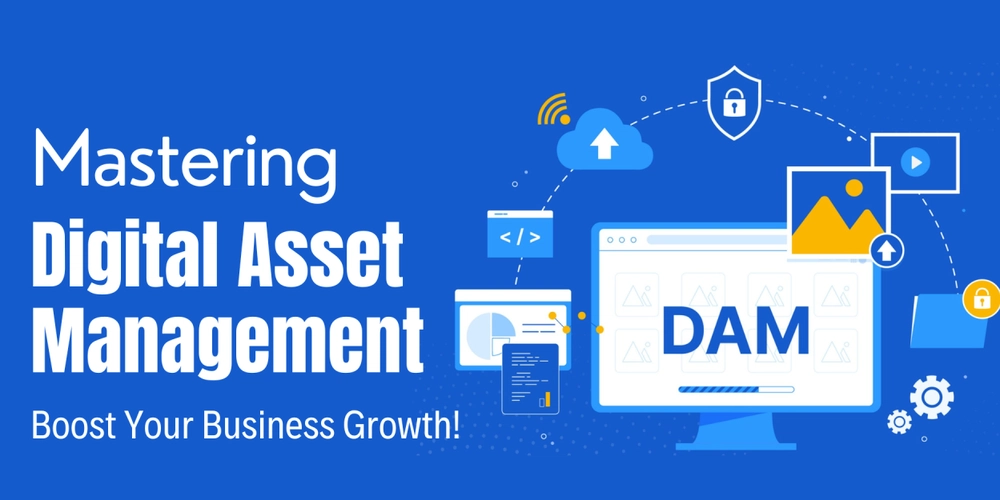
1. What is DRM Protection?
DRM protection, or Digital Rights Management protection, is a security method used to control how digital content is used, shared, and accessed. It helps creators and companies protect their content like videos, music, eBooks, and software from illegal use. With DRM protection, the content owner can decide who can access the content, for how long, and in what way. For example, a movie platform can use DRM protection to stop users from downloading or sharing movies illegally. DRM protection is important in today’s digital world because content piracy is very common. Without DRM protection, creators lose money and control over their content. That’s why many companies use it to keep their digital assets safe. DRM protection is especially useful for streaming platforms, e-learning services, publishers, and app developers.
2. Why is DRM Protection Important Today?
DRM protection has become more important than ever in 2025 because of the rapid growth of online content. People watch videos, listen to music, read books, and use software online every day. But this also increases the risk of piracy and unauthorized sharing. DRM protection helps in stopping this. It gives control back to the content owner. Without DRM protection, it is easy for users to copy and share content illegally. This can cause big losses for companies. DRM protection also helps to maintain copyright and licensing rules. For example, a video platform may want to let users stream videos but not download them. DRM protection makes this possible. It also builds trust between content creators and their audience because users know the content is original and safe. That’s why using DRM protection is a smart choice today.
3. How Does DRM Protection Work?
DRM protection works by using encryption and licensing technology. When someone uploads digital content like a video or song, DRM protection encrypts it. This means the content is locked. Only authorized users can unlock it with a digital key or license. For example, when you buy a movie on a streaming platform, you don’t get the actual file. Instead, you get access through a license. DRM protection checks if your license is valid before letting you watch. If the license is expired or used on the wrong device, it won’t work. This way, DRM protection controls how and where content is used. DRM protection also prevents screen recording or copying files. Some DRM systems even track usage and report back to the owner. Overall, DRM protection uses smart technology to protect digital content and make sure it’s used correctly.
4. Types of DRM Protection
There are different types of DRM protection based on the kind of content and platform. Some of the most common types include:
Video DRM protection: Used by streaming platforms to prevent copying or downloading videos.
Audio DRM protection: Used by music platforms to stop piracy of songs and audio content.
eBook DRM protection: Protects digital books from being copied or printed illegally.
Software DRM protection: Ensures only licensed users can use certain apps or software.
Each type of DRM protection is designed for specific use cases. Video DRM protection usually works with encryption formats like Widevine, FairPlay, or PlayReady. Audio DRM works with secure streaming formats. eBook DRM restricts printing, copying, and sharing. Software DRM often uses license keys and online checks. No matter the type, the goal of DRM protection remains the same — to stop piracy and protect digital rights.
5. Best Industries That Use DRM Protection
Many industries use DRM protection to secure their digital content. These include:
Media and Entertainment: Streaming services use DRM protection to protect shows and movies.
E-learning: Online education platforms use DRM protection to secure video lectures and study material.
Publishing: eBook publishers use DRM protection to prevent unauthorized printing and sharing.
Software Companies: They use DRM protection to make sure only licensed users can access their software.
Corporate Training: Businesses use DRM protection to protect internal training videos and presentations.
Each of these industries deals with valuable digital content. Without DRM protection, their content could be leaked or copied, causing loss of revenue and trust. That’s why DRM protection is seen as a must-have solution. Even smaller content creators are now starting to use DRM protection for their videos, courses, or apps.
6. Benefits of DRM Protection
DRM protection offers many benefits to content owners. First, it prevents piracy by restricting unauthorized access to digital content. Second, DRM protection gives full control to the owner over how content is used — for example, limiting downloads or setting time-based access. Third, it helps companies follow copyright laws and licensing agreements. Fourth, DRM protection improves revenue by reducing illegal sharing. When fewer people steal content, more people pay to access it. Fifth, it builds a sense of security and professionalism. Customers are more likely to trust a service that uses DRM protection. Lastly, DRM protection helps in tracking content usage. Owners can see who accessed the content, when, and how. This data can be useful for business decisions. Overall, DRM protection is a smart investment for anyone who shares content online.
7. Challenges of DRM Protection
Even though DRM protection is very helpful, it has some challenges. One common issue is that it can make content harder to access for users. If someone loses access to their device or license, they may not be able to view the content they paid for. Another problem is compatibility. Some types of DRM protection may not work on all devices or platforms. This can cause a poor user experience. Also, advanced hackers sometimes find ways to bypass DRM protection, though this is rare. Content creators must update their DRM systems regularly. DRM protection can also be expensive to set up, especially for small businesses. However, despite these challenges, the benefits of DRM protection are much greater. Choosing the right DRM provider and using it correctly can reduce these issues and offer strong protection for your content.
8. Choosing the Right DRM Protection Software
Choosing the right DRM protection software is important for getting the best results. First, you need to decide what kind of content you want to protect — videos, audio, documents, or software. Then, look for a DRM protection tool that fits your needs. Some popular DRM tools include Widevine, FairPlay, and Microsoft PlayReady for videos. For documents and software, tools like Vitrium or Locklizard are useful. A good DRM protection tool should be easy to integrate into your platform. It should support all major devices and offer strong encryption. Also, look for features like watermarking, license control, and usage reports. Cost is also a big factor. Compare prices and features before you choose. Always go for a DRM protection provider with good reviews and customer support. In the end, the right DRM protection software helps you keep your content safe and your users happy.
9. Future of DRM Protection
The future of DRM protection looks strong in 2025 and beyond. As digital content keeps growing, the need for DRM protection will also rise. More people are working remotely, learning online, and using mobile devices. All this creates more digital content that needs protection. New technologies like AI and blockchain are also being added to DRM protection systems. AI can help detect piracy faster, while blockchain can track who owns what. Streaming platforms are likely to invest more in DRM protection to secure their videos and live streams. The demand for multi-DRM protection — using several DRM systems together — will also grow. This ensures that content is secure on all devices and browsers. As piracy methods become smarter, DRM protection will also become more advanced. It will continue to play a key role in the digital world for years to come.
10. Final Thoughts: Should You Use DRM Protection?
Yes, you should definitely use DRM protection if you are sharing any type of digital content. Whether you’re a video creator, eBook writer, software developer, or teacher, DRM protection will keep your content safe. It stops unauthorized access, prevents copying, and gives you control over how your content is used. In 2025, content security is more important than ever. Piracy is a major problem, and DRM protection is one of the best ways to fight it. It also helps you follow legal rules and protect your revenue. While there are some challenges, the right DRM protection tool can solve them easily. So, don’t wait. Start using DRM protection today and secure your digital future.
FAQs about DRM Protection
**1. What does DRM protection mean?
**DRM protection means Digital Rights Management protection. It is a system that prevents copying, sharing, or unauthorized access to digital content like videos, music, or software.
**2. Is DRM protection necessary for small creators?
**Yes, even small creators should use DRM protection to protect their content from piracy and maintain control.
**3. Can DRM protection be bypassed?
**While strong DRM protection is hard to break, skilled hackers may sometimes find ways around it. That’s why regular updates and multi-layer protection are important.
**4. What content types can be protected by DRM?
**Videos, music, eBooks, documents, and software can all be protected using DRM protection.
**5. Does DRM protection affect user experience?
**Sometimes, if not properly implemented, DRM protection can limit access or cause errors. However, modern DRM tools are designed to offer smooth experiences for users.










































































































































































![[The AI Show Episode 144]: ChatGPT’s New Memory, Shopify CEO’s Leaked “AI First” Memo, Google Cloud Next Releases, o3 and o4-mini Coming Soon & Llama 4’s Rocky Launch](https://www.marketingaiinstitute.com/hubfs/ep%20144%20cover.png)














































































































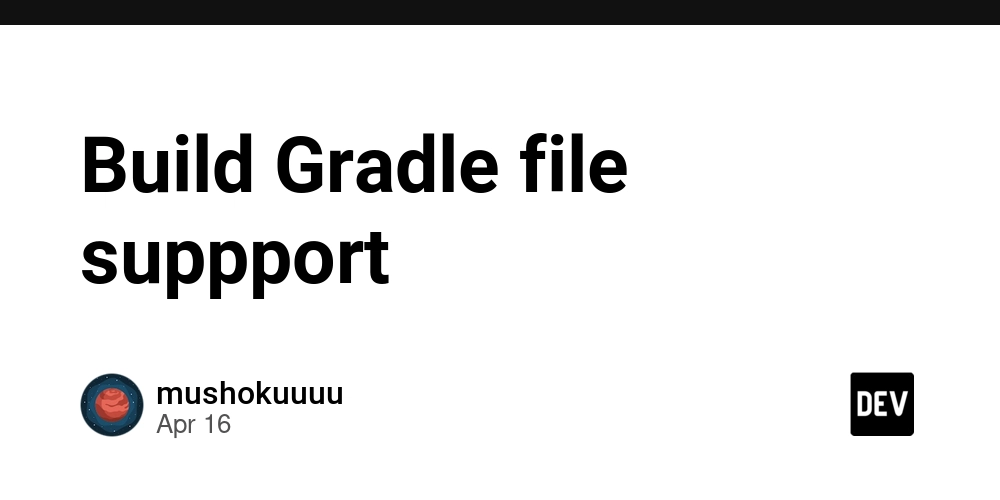
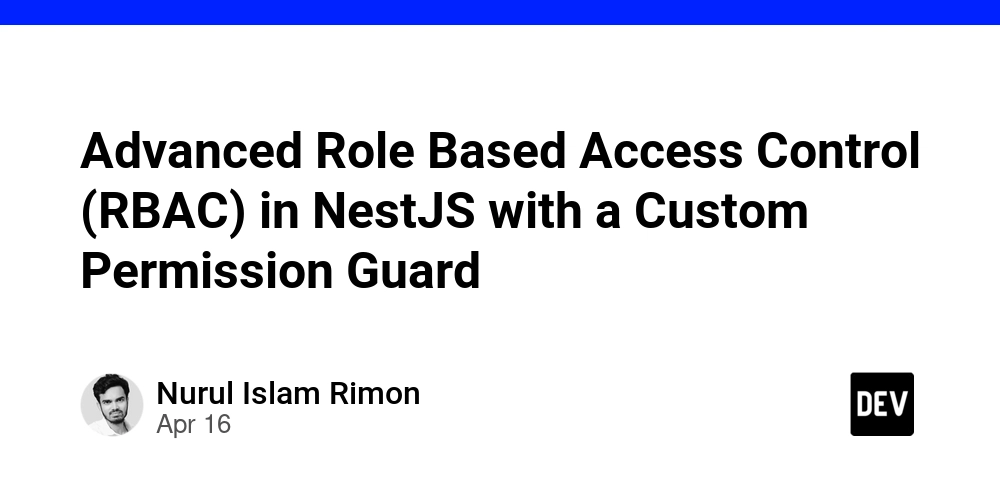
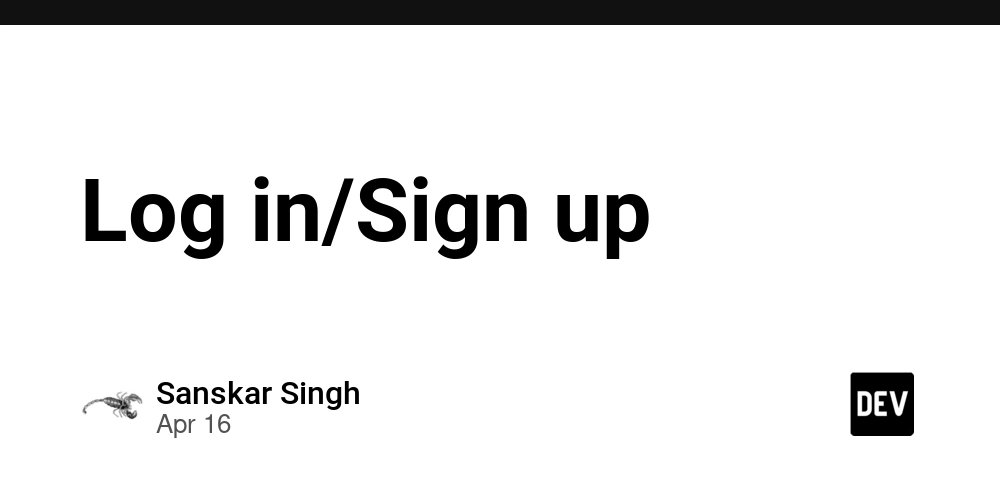






















































































![Blue Archive tier list [April 2025]](https://media.pocketgamer.com/artwork/na-33404-1636469504/blue-archive-screenshot-2.jpg?#)

































.png?#)








-Baldur’s-Gate-3-The-Final-Patch---An-Animated-Short-00-03-43.png?width=1920&height=1920&fit=bounds&quality=70&format=jpg&auto=webp#)











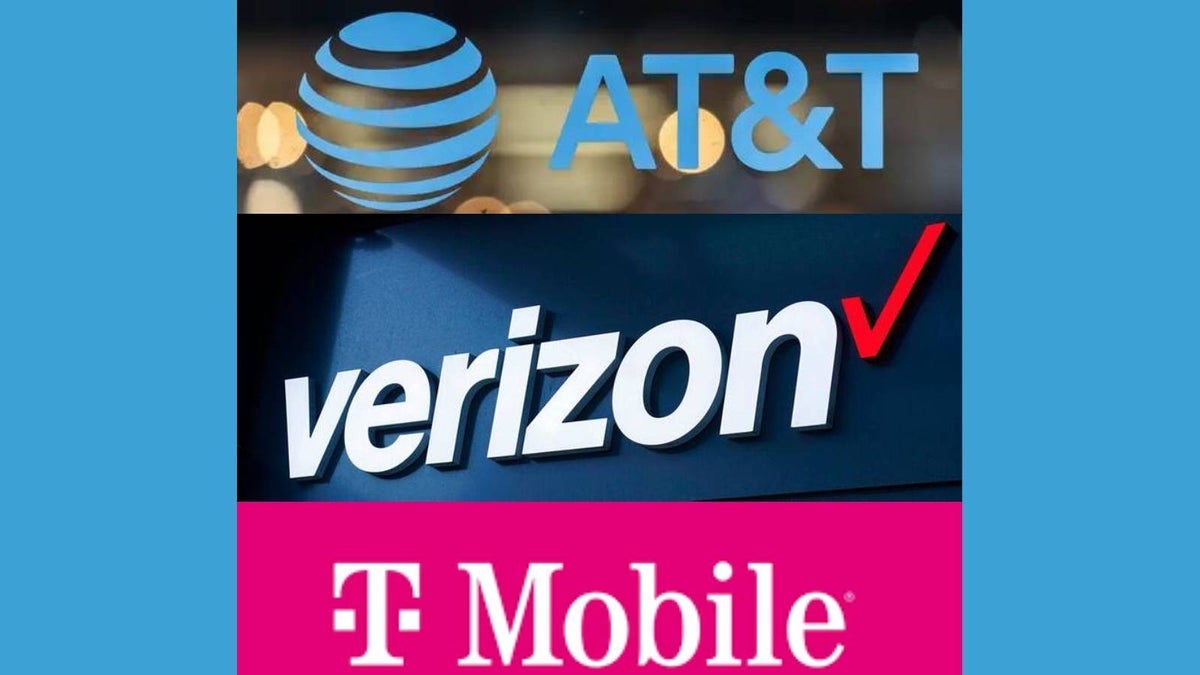
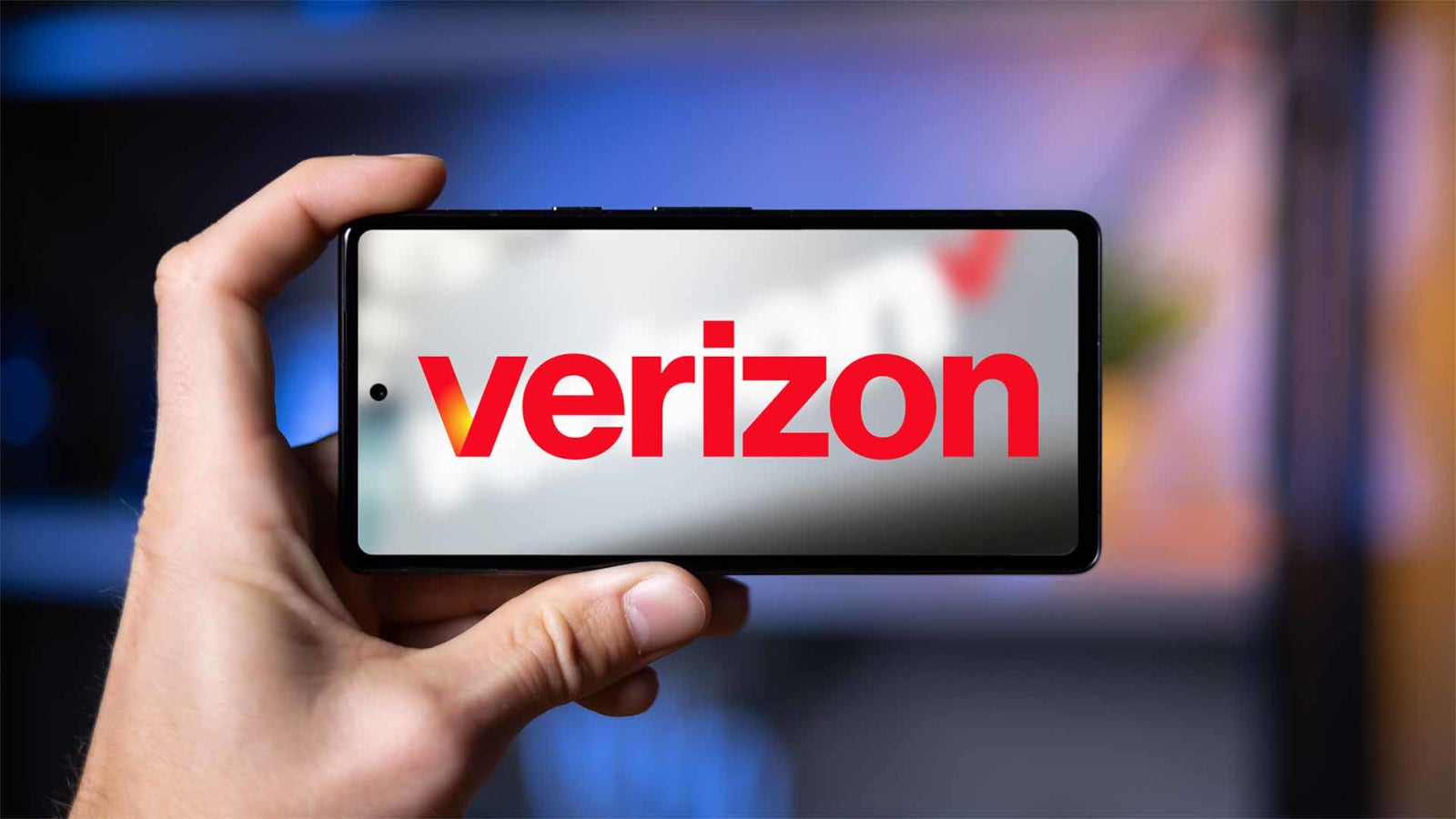
















.webp?#)






















































































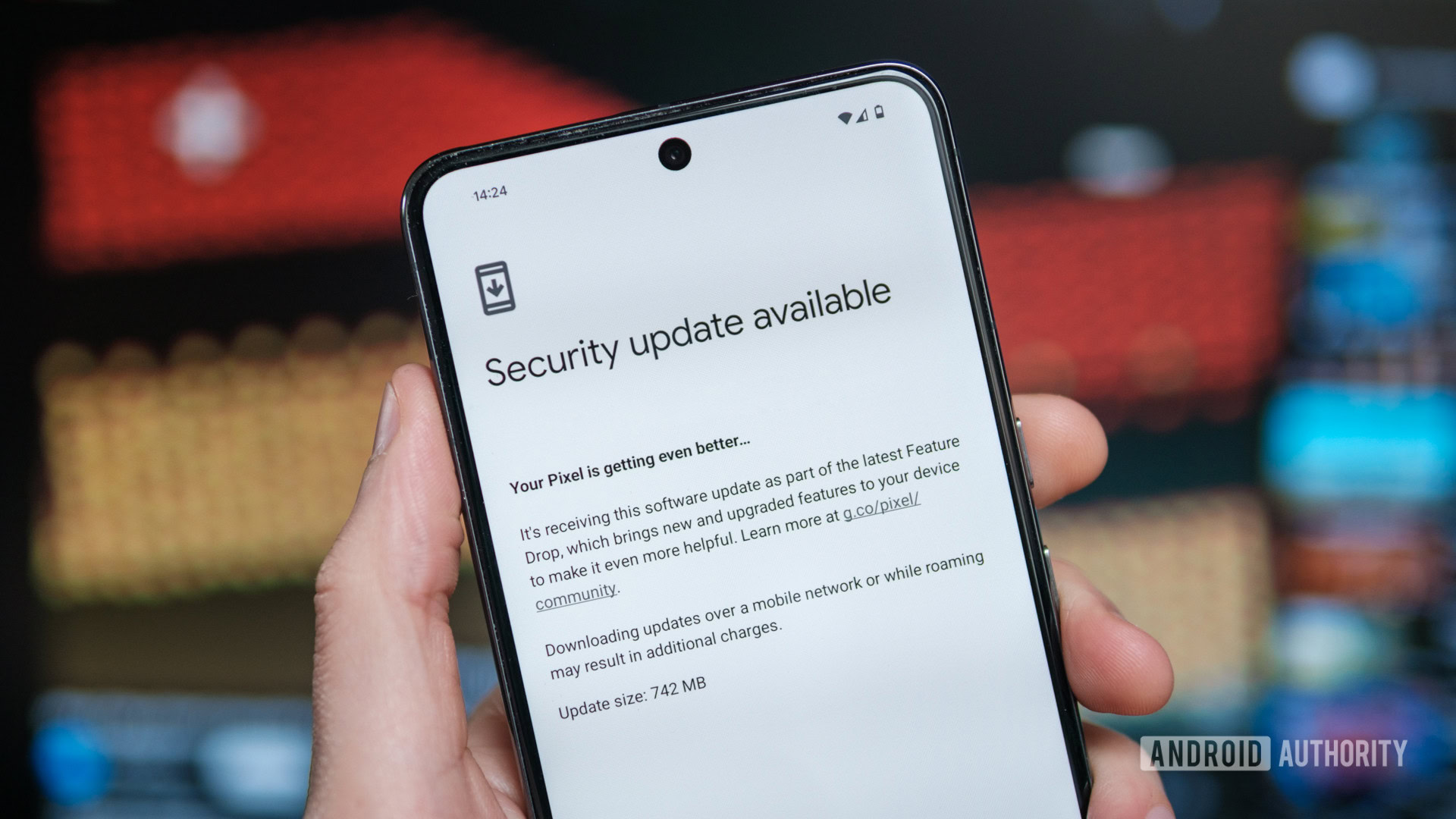















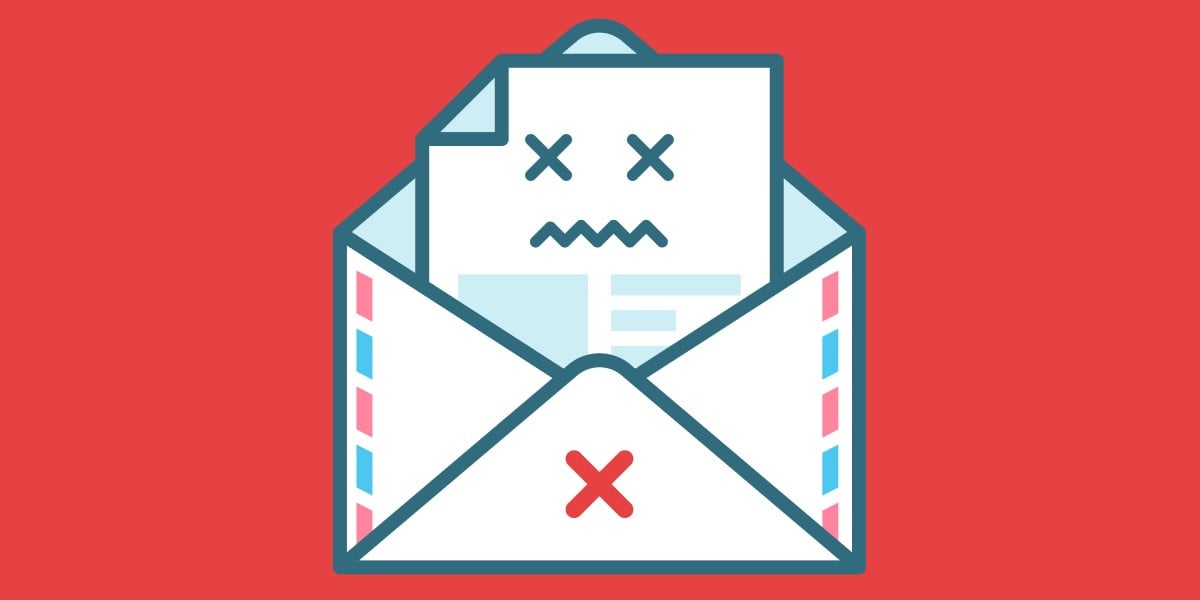



![Apple to Split Enterprise and Western Europe Roles as VP Exits [Report]](https://www.iclarified.com/images/news/97032/97032/97032-640.jpg)
![Nanoleaf Announces New Pegboard Desk Dock With Dual-Sided Lighting [Video]](https://www.iclarified.com/images/news/97030/97030/97030-640.jpg)

![Apple's Foldable iPhone May Cost Between $2100 and $2300 [Rumor]](https://www.iclarified.com/images/news/97028/97028/97028-640.jpg)







































































